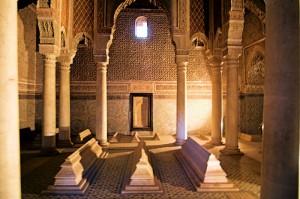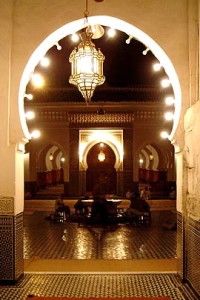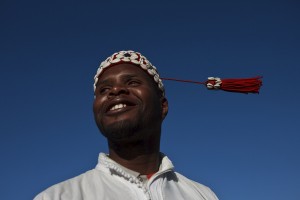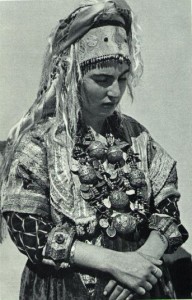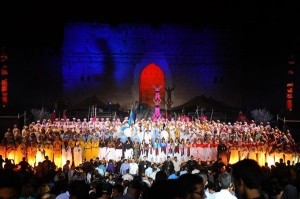Posts Tagged ‘Morocco Culture’
Morocco has the richest Islamic architectural heritage in North Africa. Key to this was the influence of Muslim Andalusia, as Muslims were expelled from Spain as a result of the Christian Reconquista led by King Ferdinand and Queen Isabella in 1492. This Andalusian style, which was a rich fusion of…
Morocco ‘s 4th Imperial City of Meknes is often left off tourist itineraries. Meknes is a UNESCO World heritage site and has massive imposing ramparts, 25 kms long, built by Sultan Moulay Ismail, of the Alaouite dynasty, who ruled Morocco from 1672-1727. He chose Meknes as his capital because of…
Riad Star opens in September 2013 after two years of renovation by a team of Marrakech’s finest craftsmen. It was part of the palace once owned by the Pasha of Marrakech, Thami El Glaoui who in the 1940s invited Josephine Baker to live there. She was inspirational vaudeville star, singer…
Morocco has a diverse and vibrant culture close to Europe just 13 km from the coast of Spain yet with growing ties with the Middle East where the oil rich Gulf countries are investing substantially in Morocco’s tourism industry. Morocco also has close contacts with Africa. It is at the…
In the nineteenth century Morocco began to receive European and American visitors who were also visiting neighboring Algeria,Tunisia and Libya. Early photographers like the Scotsman George Washington Wilson and others began to take photographs of the countryside, towns and people including posed photographs of Berber women adorned in their fine…
Held under the High Patronage of His Majesty King Mohammed VI, the National Festival of Popular Arts is the French acronym in Marrakech is the oldest festival in Morocco. Held annually in Marrakech, Morocco it showcases folk arts of the kingdom through its music, art and local handicrafts. It is…

